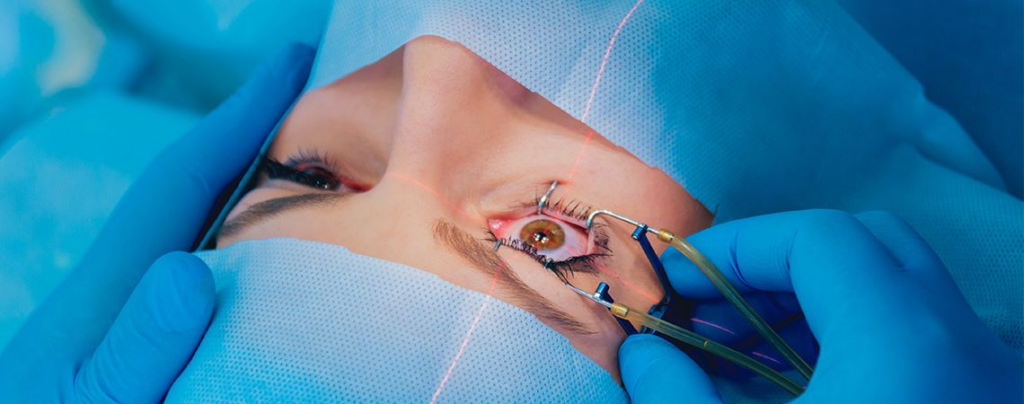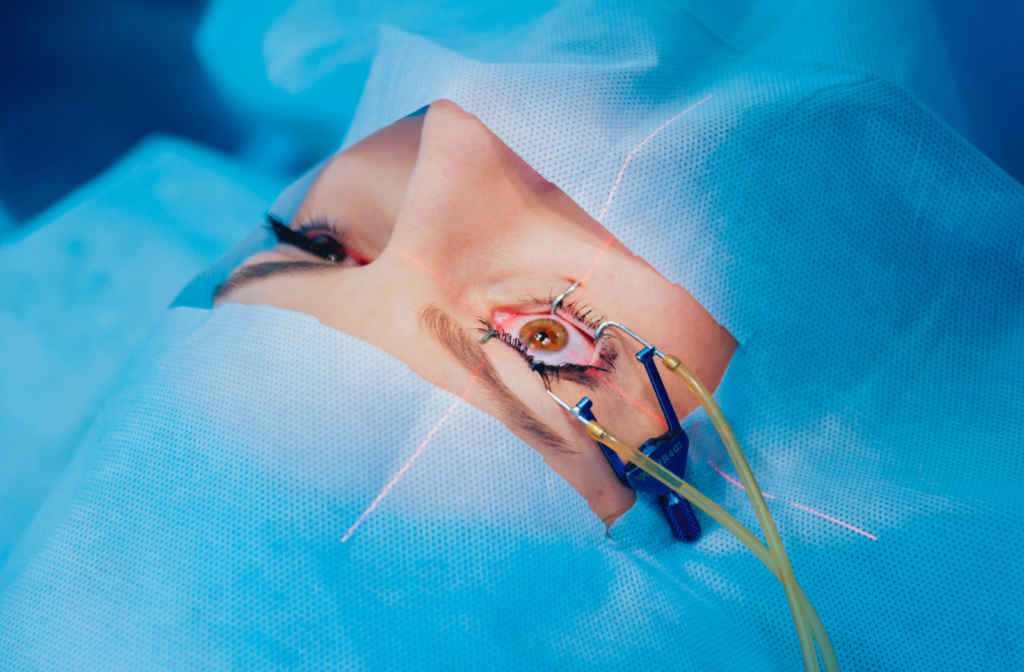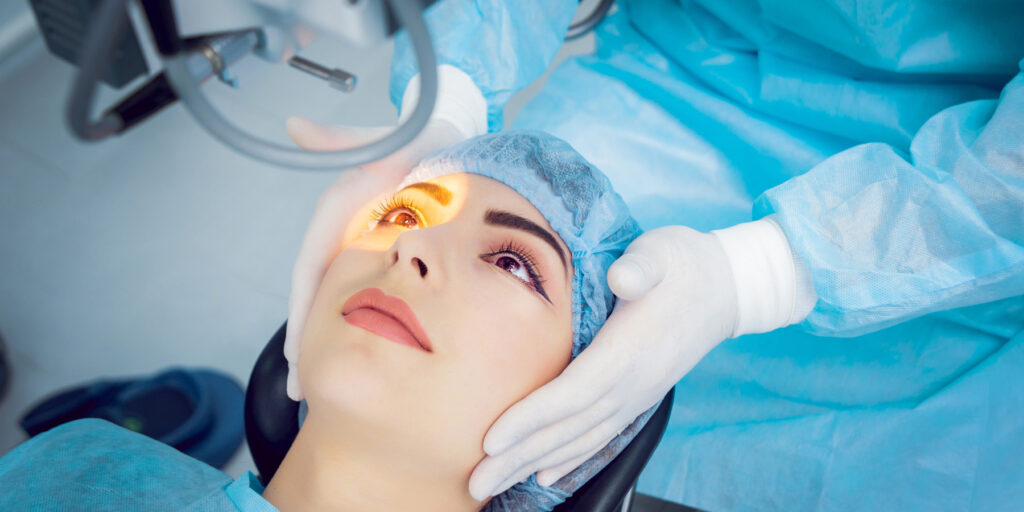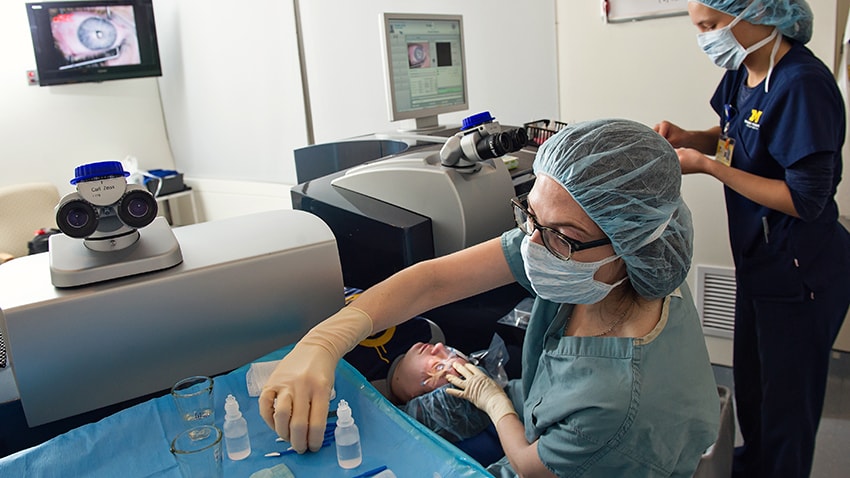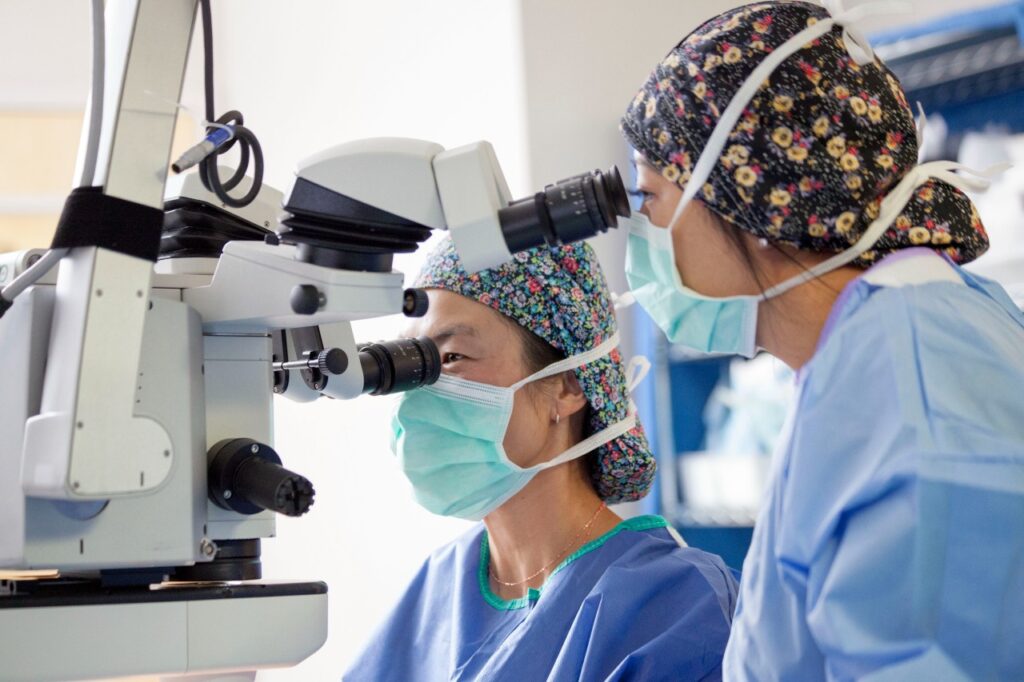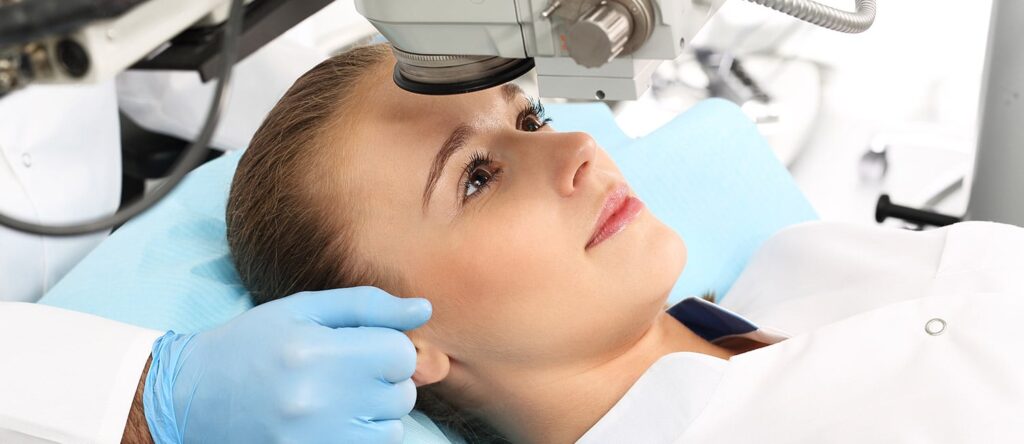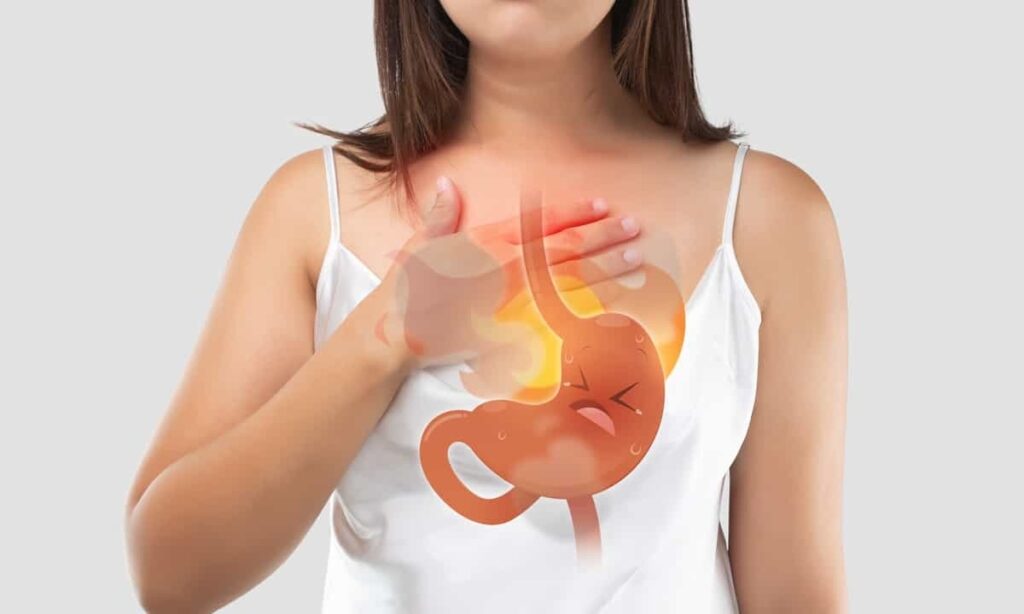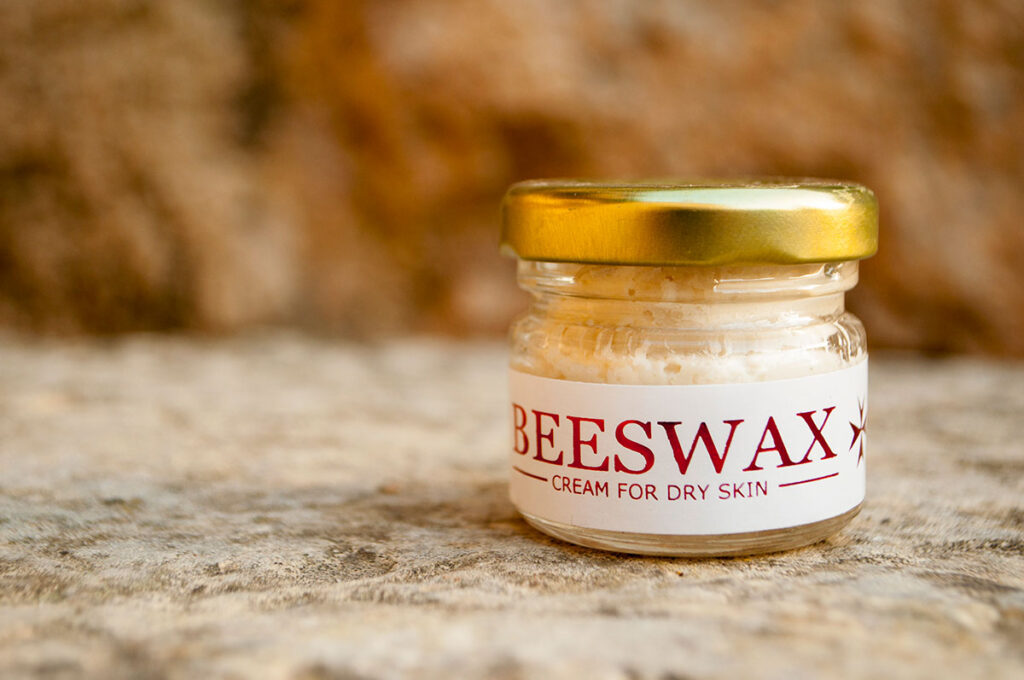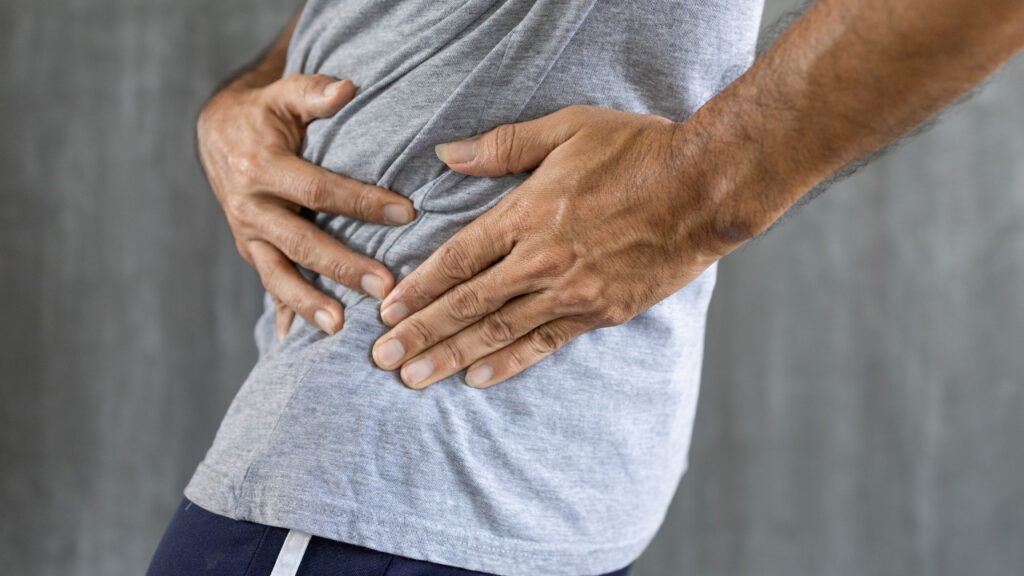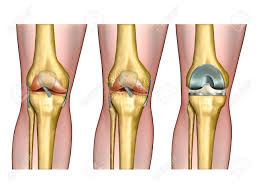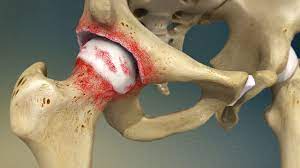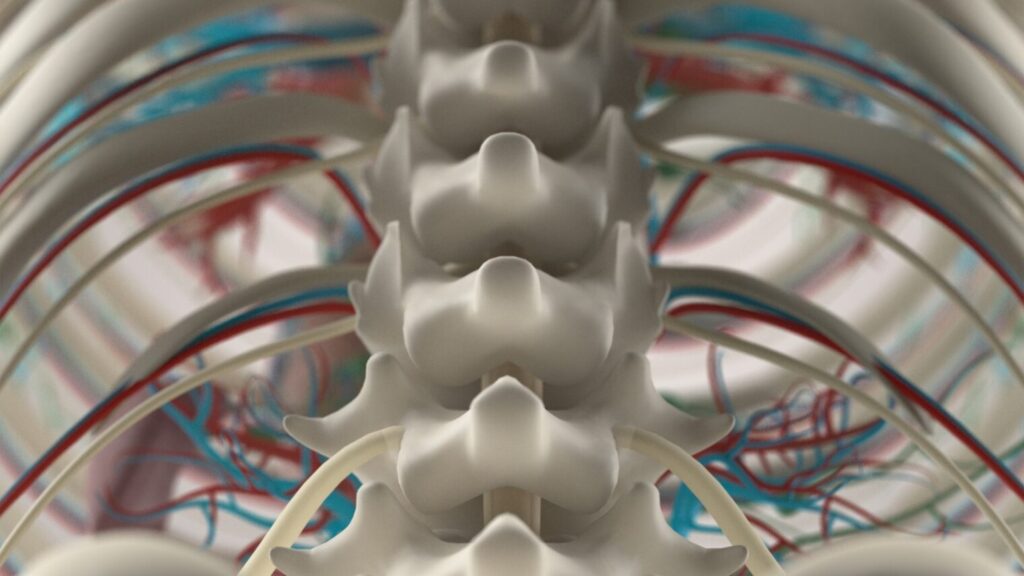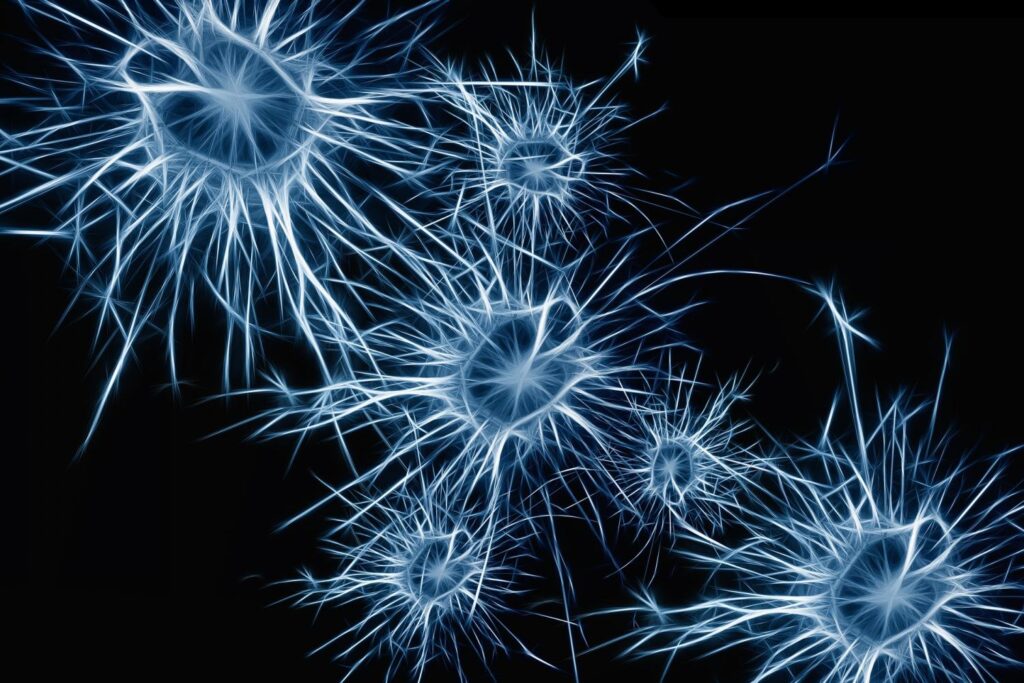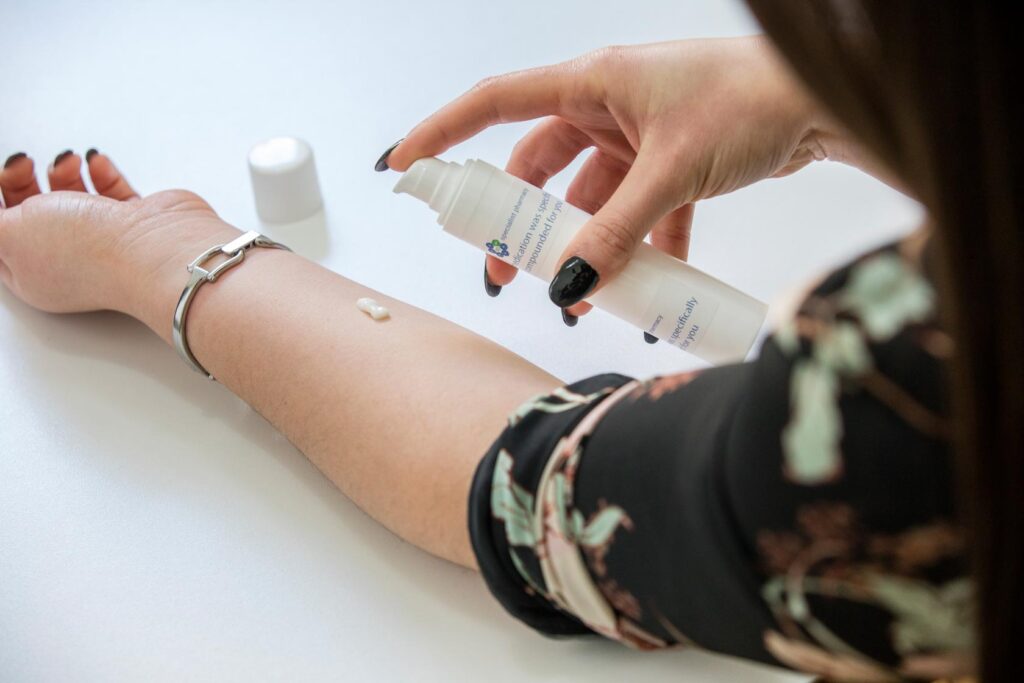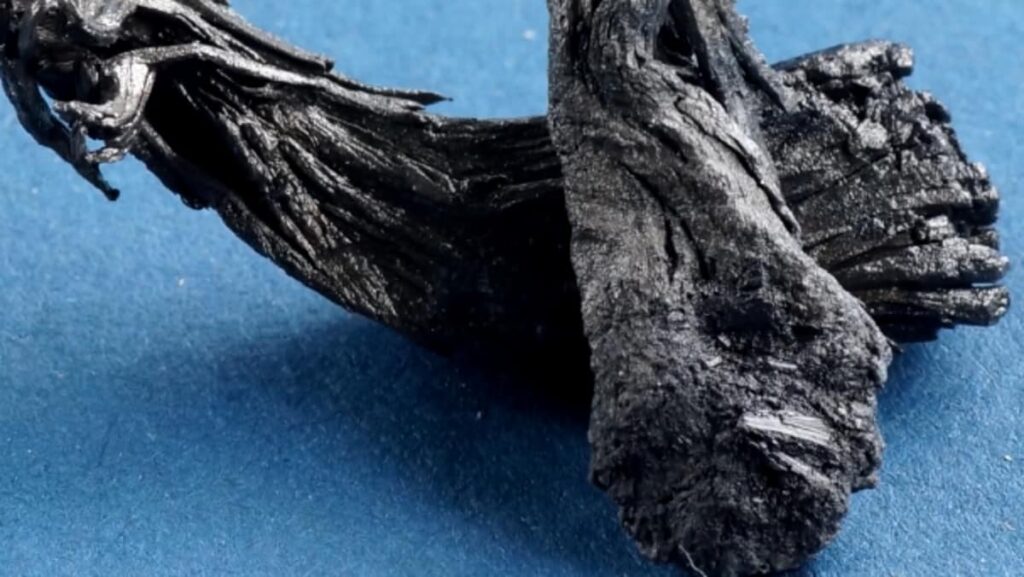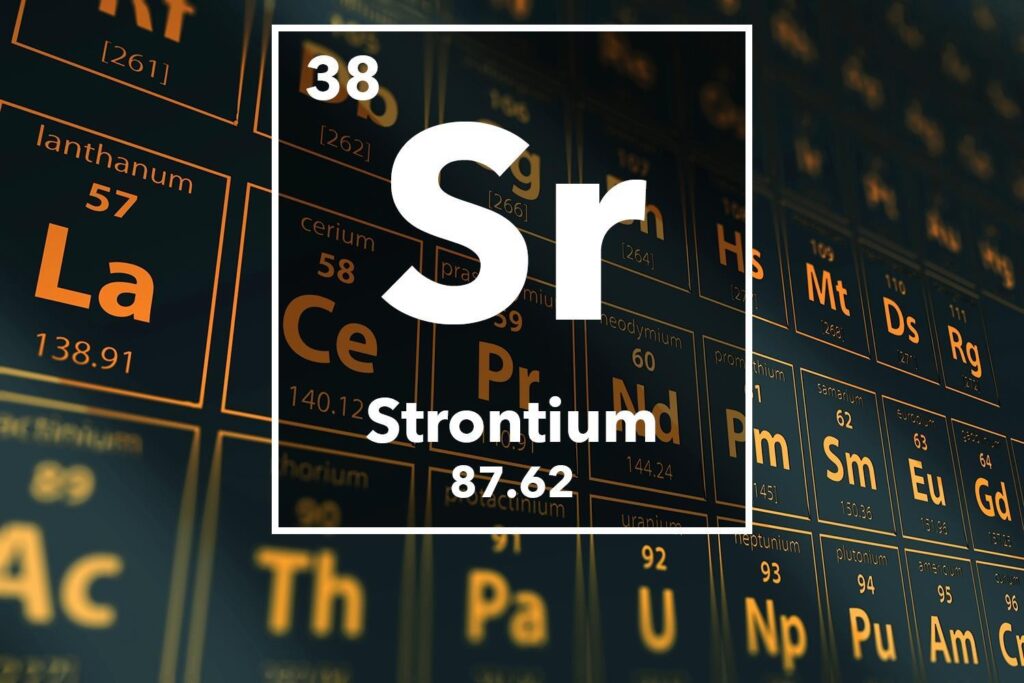Every day on television and other media we are barraged with ads about heartburn and acid reflux, which seem to tell us that stomach acid is the culprit causing our pain. If we take the patent medicine recommended in the commercial, our stomach problems will disappear. And how do those medicines propose to “fix” the problem? They lower the level of stomach acidity by either neutralizing stomach acid (these are antacids) or by shutting down the stomach’s ability to produce acid (proton pump inhibitors, or PPIs).
But it’s not really the level of acid in the stomach that causes the discomfort we call heartburn. Heartburn is caused when acid that is supposed to be in the stomach aiding digestion backs up into the esophagus, whose lining is not capable of withstanding the acidity and is chemically burned by it. If we take the advertised patent medicine, it will reduce the level of acid in the stomach, and so if comes up into the esophagus, its acidity will be less there as well, reducing or eliminating the burning sensation. But is this really a heartburn cure, or just temporary symptom relief? And do people really have too much acid in their stomach? Most importantly, is it healthy to reduce stomach acid?
Are Antacids and PPIs Really a Heartburn Cure?
Antacids and PPIs do reduce stomach acid, so when acid comes back into the throat, it does not burn as much. But antacids do not stop acid from going where it doesn’t belong in the first place. Why does acid come up into the throat? There is a valve at the bottom of the esophagus, just before the stomach, called the lower esophageal sphincter (LES). It allows food to pass into the stomach, but is supposed to prohibit stomach contents from going in the other direction. When there is food present in the stomach, that valve is supposed to be shut tight, but sometimes it relaxes when it should not. In some cases, the LES malfunctions because of food allergies and sensitivities, caffeine, alcohol, or nicotine. But it also happens when none of these is present. Doctors are not sure why, but some theorize that more acid, not less, is needed to keep the valve firmly shut, and that the valve relaxes in the presence of low stomach acid. If that is so, taking antacids could actually make the problem worse, not better.
See Also: Lithium – The Misunderstood Mineral Part 1
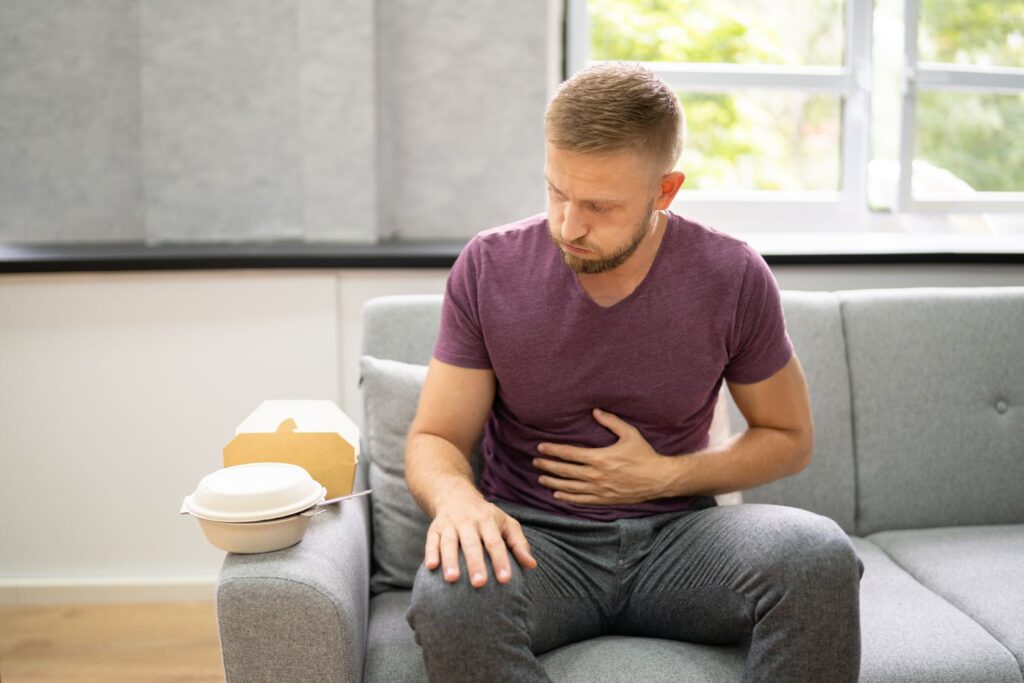
Do People Often Have Too Much Stomach Acid?
Many studies have revealed that the production of stomach acid often decreases as we age, so that older people have much lower acidity level than younger ones. Yet often people develop heartburn in later years, just as acid production is declining. So it does not seem likely that heartburn is related to too much stomach acid at all. Yet when one goes to a doctor for a heartburn cure, antacids and PPIs are often prescribed without any testing on stomach acid levels. Ironically, when that test is done, it often reveals a lack of stomach acid rather than too much! This fact supports the theory that more acid keeps the LES more tightly closed.
Is It Healthy to Reduce Stomach Acid?
Stomach acid is needed in digestion and absorption of protein, vitamins, minerals, and other nutrients. Older people in particular, who have lower levels of stomach acid, have difficulty absorbing sufficient nutrition. Moreover, stomach acid is a barrier that can prevent bacteria and other unwanted microorganisms from getting further into our digestive tract. Low stomach acid is linked to a variety of medical conditions including osteoporosis, pneumonia, and macular degeneration. Given that antacids only provide temporary relief from heartburn symptoms, and can lead to serious diseases or infections, they are not the best answer to the issue of heartburn.
What are better alternatives in curing heartburn?
Because many people suffering from heartburn have low stomach acid, some doctors have found that acid supplements often cure the problem. The supplements also help restore the digestive system, which enables better absorption of nutrients. Of course, no one should take acid except with the advice and under the care of a licensed doctor. If acid is normal in a person suffering from heartburn, his or her physician will often recommend testing for food allergies that could be causing the LES to malfunction. In addition, other natural supplements have been proven to help strengthen LES function, in particular melatonin. So if you are suffering from heartburn, especially with any frequency, look for an integrative doctor (one who combines the use of supplements and natural remedies with more conventional approaches as needed) who is familiar with stomach acid level testing, and can get to the real cause of your heartburn.




